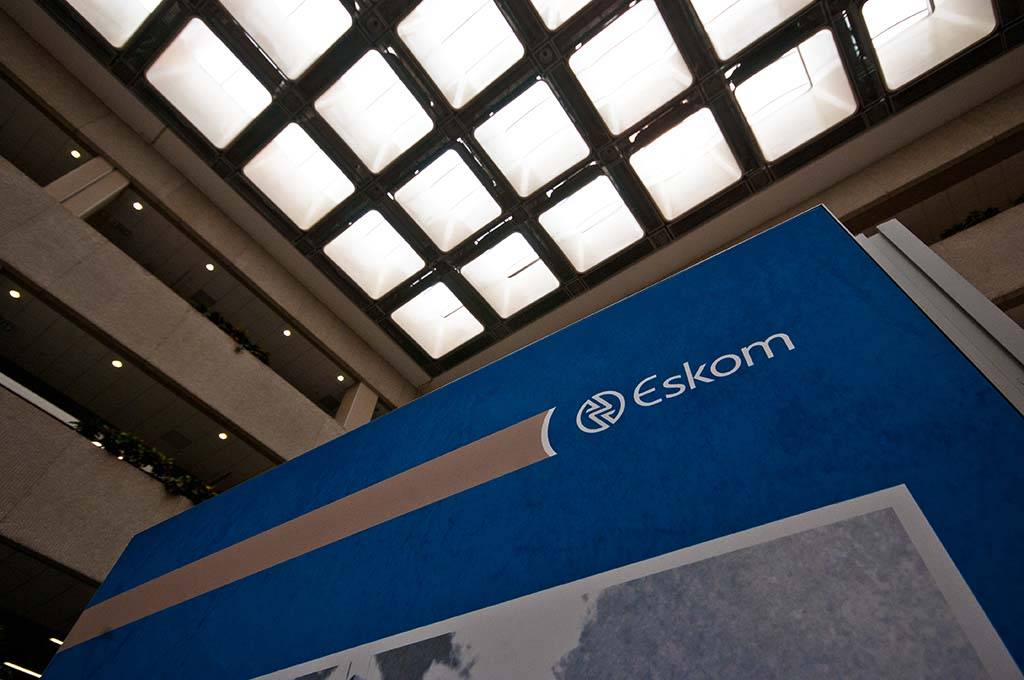Government shares responsibility with Eskom for the power problems gripping the country, Eskom CEO Tshediso Matona said on Thursday.
“The government co-owns the problem because some of the factors that led us into the situation have to do with policy,” he told reporters in Johannesburg.
This included electricity pricing set by the National Energy Regulator of SA.
Deputy President Cyril Ramaphosa, who is overseeing interventions in the state-owned power producer, visited Eskom’s headquarters earlier on Thursday, Matona said.
“We welcome government coming to the support of Eskom, in recognition that we alone cannot get ourselves out of this situation.”
In November, Public Enterprises Minister Lynne Brown said Cabinet had approved measures valued at around R20bn to help Eskom deal with the problems it faces.
Matona said he could not divulge the details of this intervention.
“I am not at liberty to go into the substance of that.”
Rather, the Government Communication and Information System would tell the public in time.
Matona reiterated that the country’s power supply would remain severely constrained in the coming months while Eskom dealt with its maintenance backlog.
He likened Eskom to “a ship sailing through difficult waters” and a car that had not had regular maintenance.
“If you continue to drive it without maintaining it, it will carry you, but at some point it breaks down. I think this is what is happening with many generating units of Eskom.”
Like an unreliable car, this could lead to embarrassment, he said.
He said maintenance, like a religion at Eskom, had been neglected in recent years and at times was deferred to keep the lights on.
“We have reached the point where it does not allow us to continue the practice,” Matona said.
“We have decided as a company, and supported by government, to do the right thing, by getting down to our maintenance religion and doing it properly.”
In February 900 megawatts would be taken off the grid when one of Koeberg nuclear power station’s units would undergo maintenance.
South Africans would need to learn to cope with rotational power cuts as the system would remain severely constrained until new generating capacity was added.
While “load shedding” pained Eskom, it was necessary to prevent a total blackout, which could take around two weeks to resolve.
“We need to deal with this as a national challenge,” he said. SAPA






 WhatsApp us
WhatsApp us 

